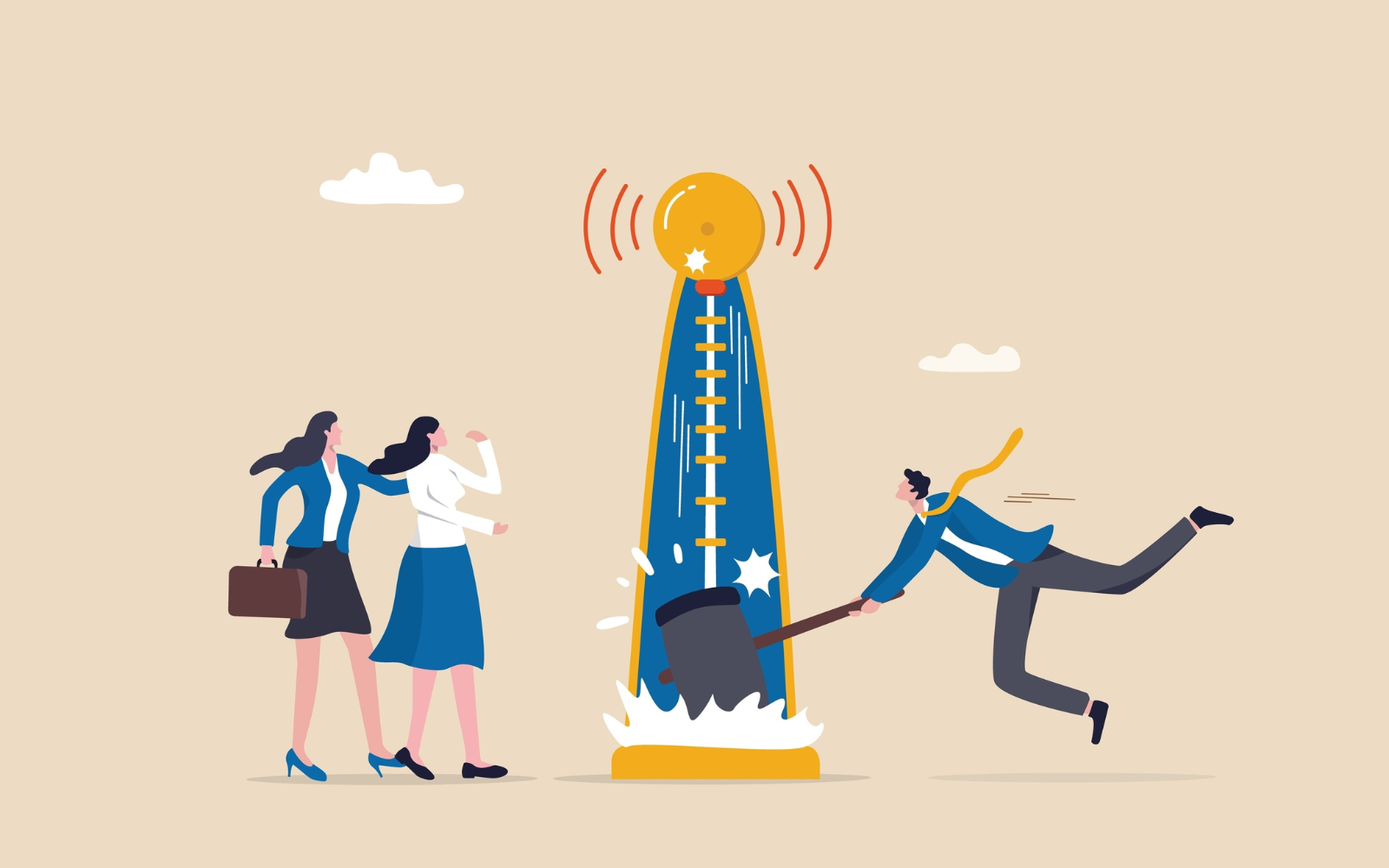Scale & Strategy
This is Scale & Strategy, the only newsletter that delivers market insights and unicorns in the same scroll.
Here’re the quick highlights from the week:
- Meta Just Snagged Four OpenAI Researchers for Its Superintelligence Unit
- Google’s Ad Strength Score ≠ Real Ad Performance
Meta Just Snagged Four OpenAI Researchers for Its Superintelligence Unit
Zuckerberg’s not playing around.
Meta just pulled four researchers from OpenAI to join its new superintelligence division—including three from OpenAI’s Zurich team and one of the original minds behind the o1 reasoning model.
The details:
- Zuck personally recruited Lucas Beyer, Alexander Kolesnikov, and Xiaohua Zhai—the same trio that launched OpenAI’s Zurich office last year.
- Meta also landed Trapit Bansal, a key contributor to OpenAI’s o1 model and former collaborator with Ilya Sutskever.
- Sam Altman recently claimed Meta offered $100M signing bonuses to lure top talent, but said “none of OpenAI’s best people” had taken the bait.
- Beyer confirmed the move on X, but called the $100M rumor “fake news.”
- This follows Meta’s $15B investment in Scale AI—and poaching its CEO Alexandr Wang to lead this new division.
Why it matters:
Altman said no one was leaving.
Meta just hired four.
Zuckerberg clearly wants to win the superintelligence race—and he’s building his dream team with cash, credibility, and aggressive recruiting.
With top researchers jumping ship and Meta finally pointing its AI muscle at a moonshot, the first release from this new unit is going to be a big one.
Google’s Ad Strength Score ≠ Real Ad Performance
Responsive search ads are the new default. And with them comes Google’s Ad Strength score—a neat little badge that ranges from “Poor” to “Excellent” and makes you feel like you’ve either passed or failed a secret exam.
But here's the truth: Ad Strength has zero predictive power over actual performance.
As Sophie Logan points out, it’s not designed to measure effectiveness. It’s designed to check how well your ad follows Google’s creative “best practices.”
What Ad Strength actually looks at:
- Asset variety and uniqueness
- Keyword inclusion
- Whether or not you’ve pinned headlines or descriptions
That’s it. That’s the game.
Google claims that going from “Poor” to “Excellent” might increase conversions by up to 12%. Cool, but that’s correlation, not causation.
A “Poor” ad can still crush it. An “Excellent” one might flop. And Ad Strength doesn’t impact your ad rank, auction eligibility, or actual delivery.
Here's the real breakdown:
- A low score won’t block your ad.
- A high score doesn’t guarantee performance.
- Pin headlines if needed—especially for legal or brand control.
- You don’t need 15 headlines unless it makes sense.
- Use Ad Strength as a guide, not gospel.
Instead, optimize for what actually matters: CTR, conversion rate, ROAS.
Let the data—not Google’s internal checklist—tell you what’s working.
Was this email forwarded to you?
That’s it for today and as always It would mean the world to us if you help us grow and share this newsletter with other operators.
Our mission is to help as many business operators as possible, and we would love for you to help us with that mission!

